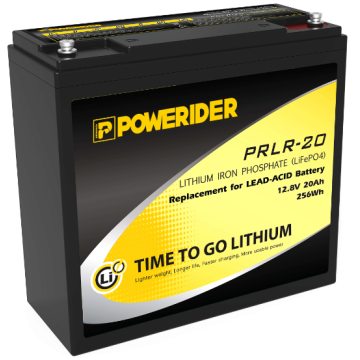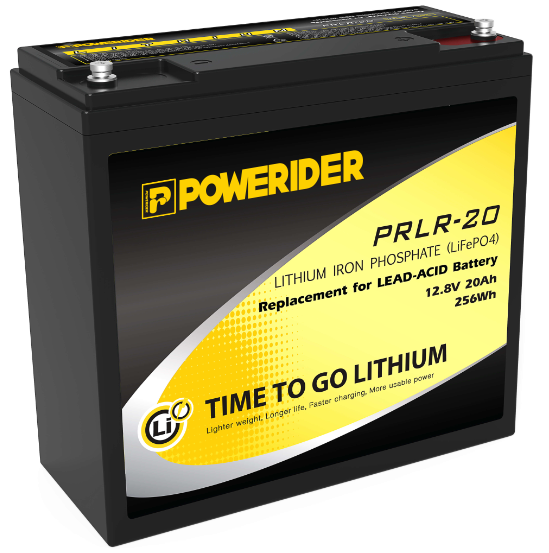
Privacy statement: Your privacy is very important to Us. Our company promises not to disclose your personal information to any external company with out your explicit permission.
![]() March 25, 2024
March 25, 2024

Graphene is used in lithium-ion batteries, supercapacitors, lithium-sulfur batteries, fuel cells and solar cells. It is an indisputable fact that technical breakthroughs have been made. Why haven't practical products been seen in the market so far?
It is reasonable to say that graphene is currently the thinnest and hardest nanomaterial in the world. Its electron mobility exceeds 15000cm2/Vs at room temperature, and it is higher than that of carbon nanotubes or silicon crystals. The resistivity is only 10E-8Ωm, which is better than copper or Silver is lower, the material with the lowest resistivity in the world, should the application of its excellent characteristics make a difference?
Sorry, things are not going well. In answer to the question of how graphene breaks the status quo and let energy commodities and the morning market, I will change the way to clarify some misunderstandings about the application of graphene to energy.

First, can the graphene battery be charged for 10 minutes and run for 1,000 kilometers? Not currently available.
Second, there are only two areas where graphene is most likely to play a role in lithium-ion batteries: direct use in anode materials and in conductive additives.
Third, what are the most likely characteristics of graphene in supercapacitors?
1. Large surface area is conducive to high energy density;
2. Ultra-high conductivity, which is conducive to maintaining high power density;
3. Rich chemical structure is beneficial to introduce tantalum capacitors and increase energy density;
4. Special electronic structure optimizes the relationship between structure and performance.
Fourth, theoretical calculations show that if a single layer of graphene is used, its H2 adsorption capacity can reach 7.7 wt%, which fully meets the requirements of the US Department of Energy (MOE) for hydrogen energy required by automobiles (6 wt%).
Fifth, the graphene supercapacitor in CRRC is not too much beyond the current state of the art. The average 18650 battery capacity can be around 3100mAh, so the energy density is about 700Wh/L. If the super capacitor does not achieve 200kw/kg, there is no chance to replace the Lithium Battery.
Sixth, there is no such thing as a "graphene battery" at all? The so-called graphene battery is not made of a graphene material for the entire battery, but a graphene material is used for the electrode of the battery, so it is not appropriate to call it a "graphene battery".
Before entering the topic for the application of graphene to various energy products, we first review China's “old news” of graphene Lithium Batteries – a mobile phone named Trailblazer α, which was launched in 2015, adopted by the Chinese Academy of Sciences Chongqing Green. The smart technology research institute and the Ningbo Institute of Materials Technology and Engineering of the Chinese Academy of Sciences have developed new materials such as graphene touch screens, batteries and thermal conductive films. The touch screen of mobile phones is not yellowed, the color is true, pure, and the transparency is better than the traditional screen. Well, the mobile phone charging rate is increased by 40%, the battery life is extended by 50%, and the battery's energy density is also increased by 10%.
It can be seen from this that although the electrode using graphene material greatly improves the battery life and the battery charging speed, the high specific surface area of the graphene material itself is incompatible with the current technical system of the lithium ion battery industry. The energy density did not double in theory, only a 10% increase.
Indeed, the current information that graphene battery tantalum capacitors can increase capacity by more than 30% is extremely low, because there is no reaction mechanism, no specific data, no product analysis results. However, we only see that the energy density cannot be doubled. It is asserted that the properties such as specific surface area are “incompatible with the prior art system” and it is too arbitrary. The real pursuit is still back to the previous article mentioned in my article. There are only two kinds of graphene materials for oxidation and deuteration, but we have more than 200 kinds of combinations including: pore powder and flake powder, which will be used very much. What is the way to improve the lithium battery? Remember, lithium-ion batteries are a "system" solution that cannot be disassembled from a single component.
I am still optimistic that super capacitors can replace lithium-ion batteries, but who knows? We are working hard to increase the energy density of supercapacitors to close to lithium-ion batteries, but the lithium-ion battery industry is not built overnight. Both performance improvements have positive significance.
In the past six months, experts have mentioned several reasons why it is difficult to apply graphene to lithium ion battery applications, including:
a, cost issues. Traditional conductive carbon black and graphite are sold in tons (one ton of tens of thousands of yuan). On the basis of the graphene sold by the gram can be reduced to this price? The material used at this time is a graphite microchip (possibly several tens of layers), which is not a single layer or several layers of graphene at all.
b, process characteristics are not compatible. That is, the specific surface area of graphene is too large, which brings a lot of process problems to the process of dispersing and homogenizing the existing lithium ion battery.
c. If graphene is the negative electrode theoretically at most twice the capacity of graphite anode (720mAh/g), why not use silicon?
d. Graphene can be used as a conductive agent to promote fast charge and discharge. In theory, the rate performance can be improved, and if graphene is unfolded with the electrode active material, it will block the passage of lithium ion diffusion.
Graphene does not exist alone and must be in the form of a composite material, even for the positive electrode, the negative electrode, and the separator.
I often say that "sit is worse than sitting up." Here is my opinion on the application of graphene in energy:
First, as an important new material, graphene has broad application prospects in many important fields such as smart phones, new displays, lithium-ion batteries, solar photovoltaics and other electronic information industries. Currently, graphene materials are still in the early stage of industrial application, in the above fields. A lot of work still needs to be done on a large scale.
Second, the large-scale application of graphene materials in the next-generation information technology industry should be closely integrated with downstream demand, focusing on the overall planning of materials research and development, product design, and preparation processes, building a new model of industrial ecology, and creating demand traction and synchronization. R&D and tightly coupled industrial development models promote the early application of graphene materials in the field of new generation energy technologies.
Xiao Bian summary : Graphene is only used for heat dissipation. In fact, its application itself has not broken through. If it is not made by Huawei, everyone may not care. Everyone should talk about it again in ten years, otherwise it will be like the fullerene of the year (what is the fullerene to check).
The above is the Talk about why Huawei graphene battery can not subvert battery technology we have listed for you. You can submit the following form to obtain more industry information we provide for you.
You can visit our website or contact us, and we will provide the latest consultation and solutions
Send Inquiry
Most Popular
lastest New
Send Inquiry

Privacy statement: Your privacy is very important to Us. Our company promises not to disclose your personal information to any external company with out your explicit permission.

Fill in more information so that we can get in touch with you faster
Privacy statement: Your privacy is very important to Us. Our company promises not to disclose your personal information to any external company with out your explicit permission.